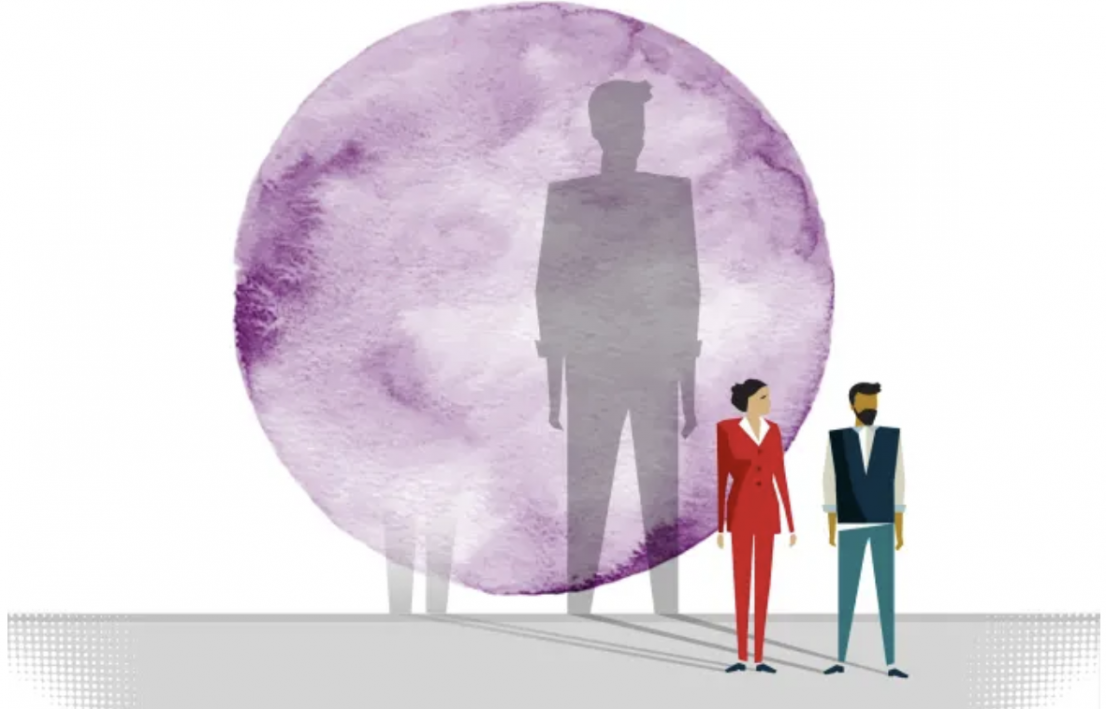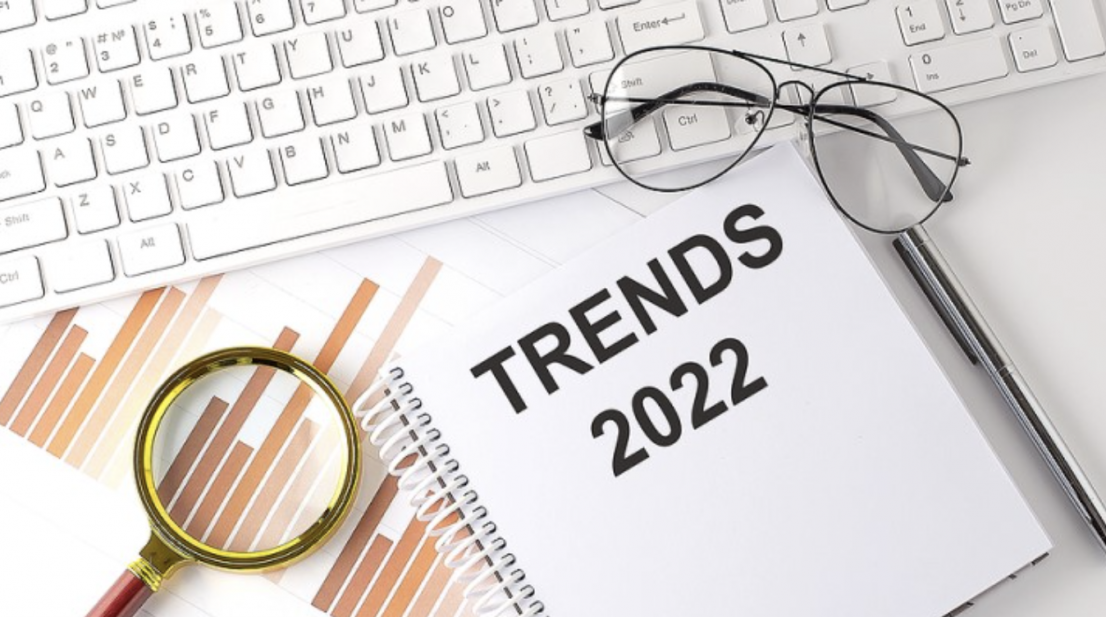
In 2019, an army of about 100 researchers volunteered to sit in on 466 economics talks delivered across the United States, from recruitment seminars to the most prestigious annual conference of American economists.
They painstakingly coded thousands of interactions between speakers and participants, recording not only the number of questions received by each speaker but the nature and tone of the questions.
“We find that even after including rich controls, women presenters are asked more questions and the questions asked of women are more likely to be patronising or hostile,” they concluded in a 2021 paper “Gender and the Dynamics of Economics Seminars”.
Theirs is just one of an evolving field of study in economics exposing persistent hidden gender bias in the workplace.
A seminal study released in 2000 by economists Claudia Goldin and Celia Rouse revealed how the proportion of women employed in symphony orchestras increased after the selectors introduced blind auditions.
In 2010, a Harvard Business School study revealed how people rated identical CVs more highly when they were from a job candidate named “Howard” rather than “Heidi”.
Researchers have also shown how men, too, can fall foul of gender stereotypes. A Swiss study released last year found men were half as likely as women to receive a callback from employers when applying for traditionally female-dominated jobs.
“Gender biases run in both directions,” says Leonora Risse, a senior lecturer in economics at RMIT University and a research fellow at Harvard University’s Women and Public Policy Program. “They arise whenever a person is stepping out of the traditional role prescribed for them by social norms.”
But it is women who have historically borne the financial penalty of stereotyping, as shown by the persistent unexplained gender pay gap, even after seniority and industry of employment are accounted for.
So, what can women do to overcome gender bias and advance their careers?
1. Become aware
The first step to combating bias, says Risse, is to become aware of its existence.
“Many women, especially in the early stages of their careers or education, are not attuned to gender bias unless they unfortunately happen to experience outright harassment or discrimination.”
It can take time for women to wake up to the subtle discrimination they face, by which time, lifetime earnings can be severely impacted.
“It is understandable that many young women don’t want to ‘play the gender card’ – they want to prove themselves in what they are told is a meritocratic system, ” says Risse.
“But blindness to the existence of biases can mean that women end up internalising them and perpetuating the gender norms that circulate throughout society.”
2. Call it out
Risse says research is continually shedding new light on the gender biases that still persist across different industries. ”Once we learn to recognise bias, we need to be able to call it out.”
It can be difficult for individual women to call out discrimination in their workplace, making events like International Women’s Day an important opportunity to do so, says Risse.
“This is where the factual research and analysis, like the studies cited earlier, become part of our tool kit.”
3. Advocate to redesign systems
Solutions focused on “fix-the-institution” rather than “fix-the-women” are the most effective in helping women secure pay equity, according to a 2020 paper by economists Maria Recalde and Lise Vesterlund.
Policies like banning salary negotiations altogether – such as Reddit did in 2015 – and banning employers from requesting to see salary histories (which often set a low anchor point for women’s negotiations) all helped women, they found.
But policies to boost transparency around pay and pay negotiations were by far the most effective in narrowing gender disparities. “This includes permission to discuss salary information, disclosing pay ranges, reporting pay statistics by occupation and gender, and letting candidates know if and when compensation is negotiable.”
4. Seek out mentors and sponsors
Independent economist Nicki Hutley says women need to look for extra support in the workplace.
“I think you can never overestimate the importance of having a good mentor and a strong network to build career opportunities,” she says.
More recently, women have been advised to find not only a mentor in the workplace – a sounding board for advice – but a “sponsor”: someone who will advocate on your behalf for pay rises or promotions.
5. Learn to negotiate
“Women are actually excellent negotiators (better than men) when they are negotiating for others,” says University of Sydney economics professor Deborah Cobb-Clark.
“So, it is not that they do not know how to negotiate, they are often just uncomfortable doing it for themselves.”
“My advice for women is to develop their negotiation skills through formal training (business schools teach these courses) or self-help books. Learning some formal negotiation techniques can often help women get comfortable doing it.”
While Cobb-Clark is reticent to delegate responsibility for beating gender bias to women themselves, she says arming yourself with some better negotiation skills can’t hurt.
“I get the ‘fix the system argument’ in principle, but I am also pragmatic. Fixing the system could take generations … improving women’s ability to play the game seems like a faster – if less elegant – solution.”









